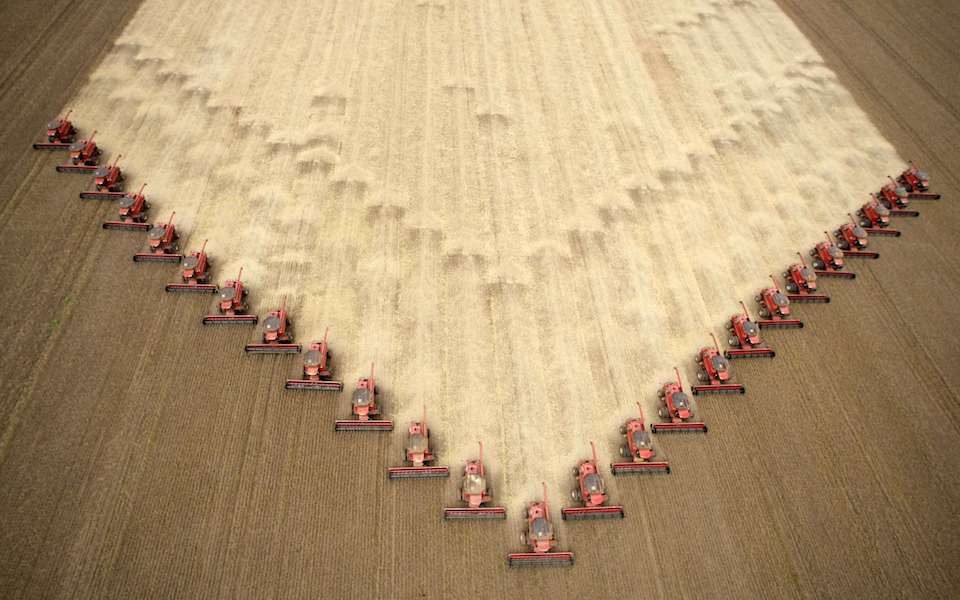More food price hikes to come

Supermarkets and their suppliers consider a new round of price hikes on basic food products to be inevitable, this time as a result of the new conditions created by the war in Ukraine.
This new round will come on top of hikes of 8%-20% already announced by suppliers to retailers before the Russian invasion, which is going to put pressure not only on households with low incomes but also those with medium ones. At the same time there is strong concern in the market about a decline in demand, even in supermarket commodities that draw mostly inflexible spending.
Although most of the inflationary pressure is expected on products based on flour, corn, soya and sunflower oil, the soaring of oil rates, electricity and natural gas to record levels are expected to take all products’ prices higher due to the rise of production and transport costs.
The market is now revising its forecasts, which before the Russian invasion had pointed to a decline in prices in the year’s second half. Now, wheat prices at least, are projected to remain on record-high levels throughout the year. Quite a few observers even express fears about next year’s prices, although demand levels will also play a part.
Notably, after the cessation of exports from Black Sea ports, the Ukrainian government has announced that it will only permit under a special permit the exporting of wheat, corn and sunflower oil that can practically take place only by rail.
Domestic flour industry officials note that the current rate of 430-450 euros per ton is prohibitive.
The food index of the United Nations’ Food and Agriculture Organization (FAO) also points prices remaining at high levels for quite a long time. That index reached a historic high of 140.7 points in February, beating the previous all-time high of 137.6 points in February 2011. This huge increase is due to the major price hike in commodities such as sunflower oil, dairy products, meat and cereals, while there was a decline in sugar rates. Of course that may change too, when the full impact of the Russian invasion in Ukraine is reflected on the food index.





